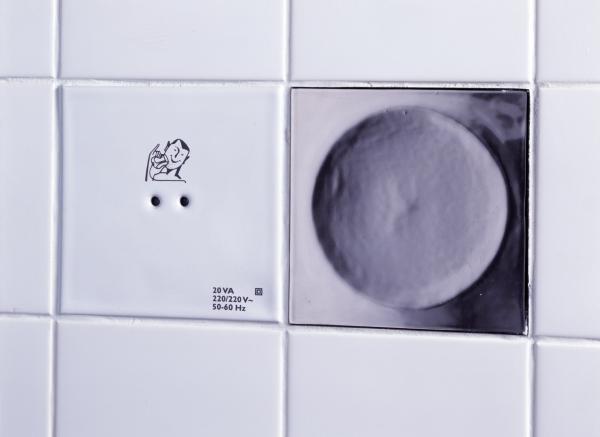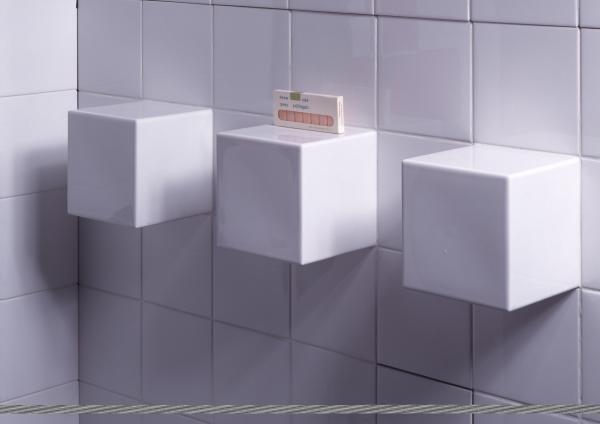
Anti Slip
I thought the Drop Tile, designed together with Erik Jan Kwakkel, would be a success, because it was featured in hundreds of magazines. A special glass was developed for these tiles, with an expansion coefficient that is the same as for the ceramic tiles onto which the glass is fused. This glass is laid on the tiles in chunks and the tiles are heated, resulting in different kinds of drop-like shapes. The cohesion of the glass molecules gives the drops an attractive relief, which serves as an anti- slip surface and massages your feet. After a first presentation bij Droog, the Drop Tiles were Royal Tichelaar Makkum, which was founded in 1572 and is one of the oldest companies in the Netherlands. However, it is also a very modern enterprise. In order to show what the firm is capable of, Tichelaar sent hundreds of Drop Tiles to architects as a marketing tool, yet the Drop Tile failed to become a commercial success. So sometimes people are fascinated by a design, but they don’t buy it. A bathroom tile is evidently different to a peppermill: people are afraid that the tile will fall off the wall after two years, and you don’t remodel your bath- room every year. Nobody knows when something will be a success, and that is the intangible aspect of creativity and the consumer. A product might be fantastic, but if the packaging, the manual, the sales channel, the price or the colour isn’t right then it can be a total flop. The designer doesn’t decide whether a design will sell well; the consumers decide.
Cool Cups
In 1997 Erik Jan and I designed a double-walled coffee pot and double-walled beakers, Cool Cups, for the German ceramics company Rosenthal and Droog Design. A few years earlier, in 1991, I had already made double-walled glasses, but it proved difficult to find a manu- facturer, and even now the head of the technical department gave back the drawings. ‘Unmöglich,’ he declared, so we went and made the prototypes ourselves. We fused together two beakers with a glaze that was heated to 1,200 degrees. As a joke we decorated the bottom of our design with a logo in the style of Rosenthal, but that went down the wrong way: ‘Piracy!’ They hardly even glanced at the ‘impossible’ double-walled beakers them- selves. We then approached the importer Pols Potten, which had a prototype produced in China within a month. They ordered 1,000 units, which was a small order for the Chinese company in question.
For the second order, six months later, the people who had made the first batch were already working somewhere else. The moulds had been left standing on a staircase and had fallen and suffered damage a number of times, so we had to start afresh.
Ten years later this kind of double-walled beaker was being produced by the millions per year by a big company. If you saw through them then you can see that they follow the same structural logic as ours. We talked with Pols Potten about whether we could take that company to court, but it is impossible to take legal action against such a big company. The legal costs are beyond the reach of a relatively small enterprise. You can apply for patents, but that’s only viable for big companies. And if you start proceedings against companies in China, then they just change their company name and sales continue via 100 other holdings.
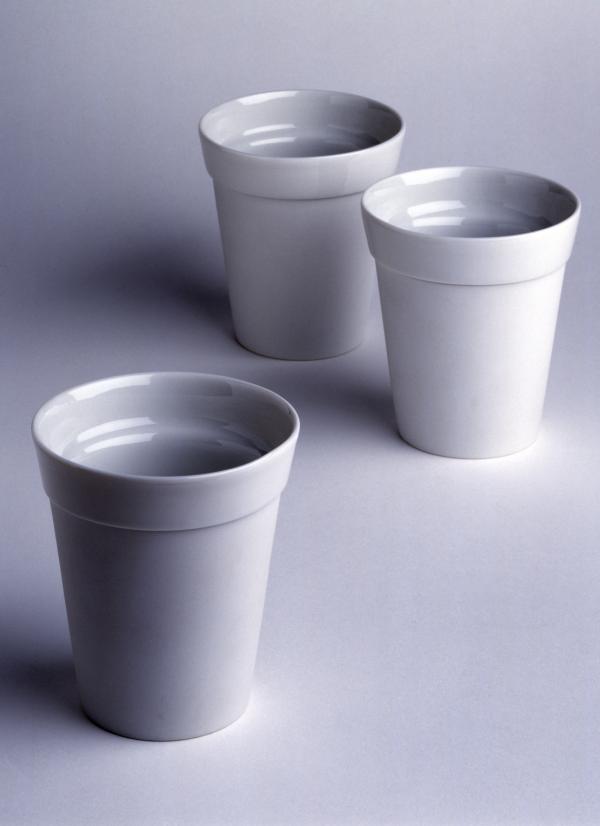

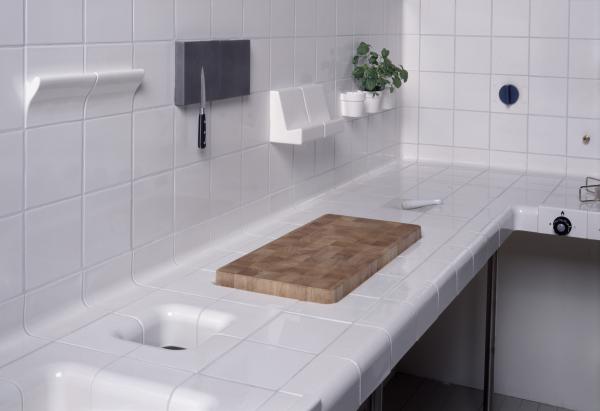

Function and Construction Tiles
Togheter with Erik Jan Kwakkel and Peter van de Jagt, Arnout Visser designed the Function Tiles in 1997.
Various designers were invited to devise products for bathrooms. Other designers came up with nice shower brushes and suchlike, but we didn’t want to make knickknacks. We tried to integrate those functions in the tile, as functional decorations.
Later on, in 2001, we followed the same principle to design the Construction Tiles, with which you can tile corners, presented in a large model of a kitchen. We showed these in Milan during the furniture fair. The interest was overwhelm- ing, but it was impossible to have the Construction Tiles produced by normal tile manufacturers, because they could only vary the colour and overprint.
After endless searching, from Turkey to Portugal, Erik Jan Kwakkel and Peter van der Jagt established their own tile factory in Velp with a high-pressure ceramic press, with which the tiles can be cast under pressure.
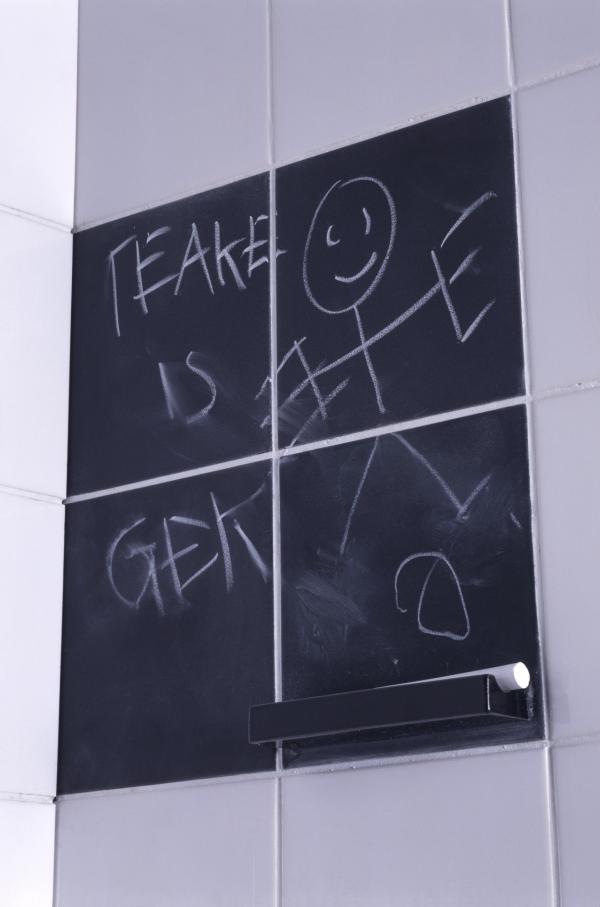
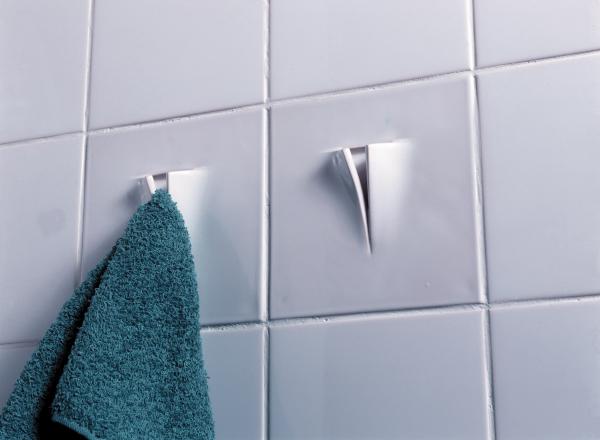
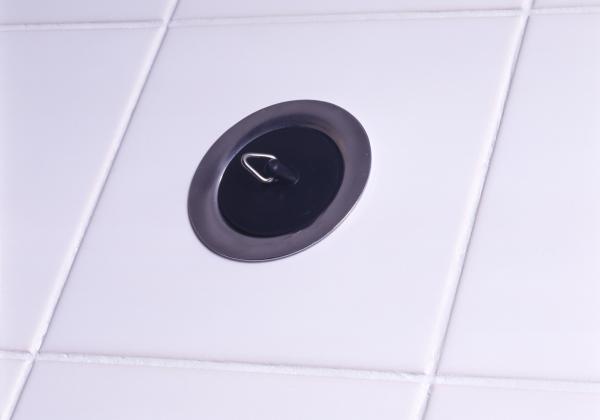
"Arnout designed the Function Tiles within the ‘Dry Bathing’ series together with Erik Jan Kwakkel and Peter van der Jagt: intelligent tiles for the bathroom, made from ceramics rather than glass. The tile is not decorative here, but a functional element: products such as towel hooks are incorporated into the tiles. This offers a new perspective on the bathroom."
Gijs Bakker, co-founder of Droog Design
